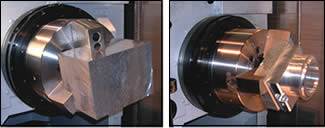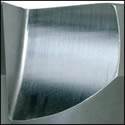Tooling
From Out Of The Lab
Disruptive technology's purpose is to disrupt the way machining is done. This article includes some of the developments to come out of the Machining Technology Laboratory (MTL), an R&D initiative dedicated to finding innovations in metalworking processes.
Read MoreRepetitive Part Cutting: Improve Productivity by Learning Path Error
Significant improvements in speed and accuracy are now possible by using a CNC system that can learn and correct for its path error. Expanding the functions of learning control past specialized machines into general machining is the next step in the evolution. Now learning functions can be applied to free profile machining, drilling and tapping. The benefits of applying learning control come from its ability to correct for path and synchronous error seen in repetitive cycles. Once learning is complete reduced cycle times and increased accuracy result.
Read MoreWorkholding That Holds Off Chatter
Clamping fixtures can be part of the problem when chatter occurs in a high speed machining process. Researchers have now discovered that clamping fixtures can also be part of the solution. A supplier of integrated tooling systems has developed palletized workholding that uses a viscoelastic layer to absorb vibrational energy, thus reducing the tendency for a machining process to cause chatter. The benefits of this technology are improved surface finish, lower cutting forces and longer tool life.
Read More











